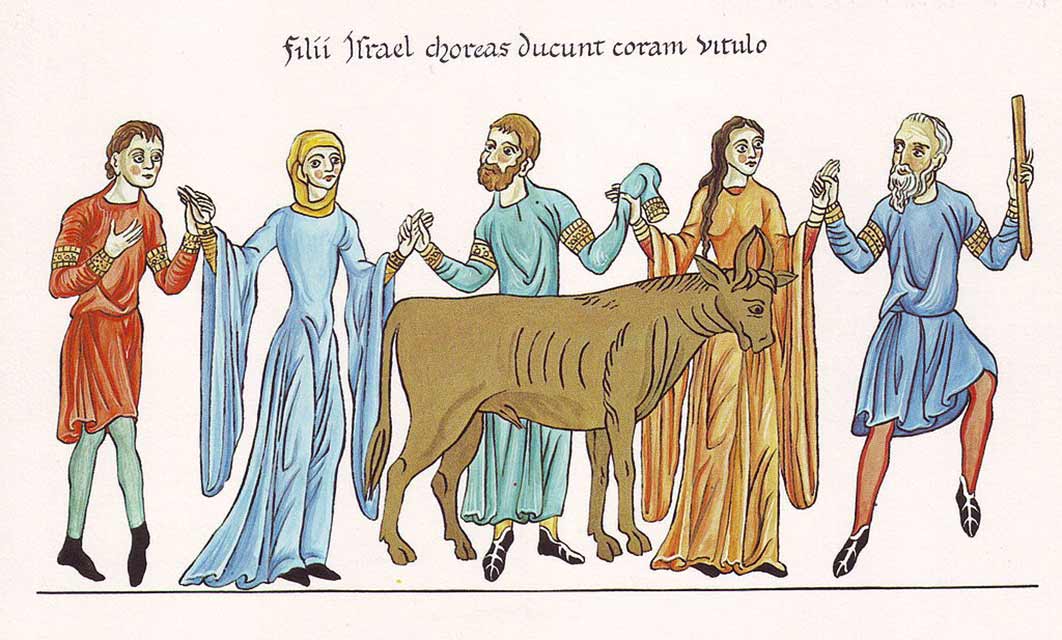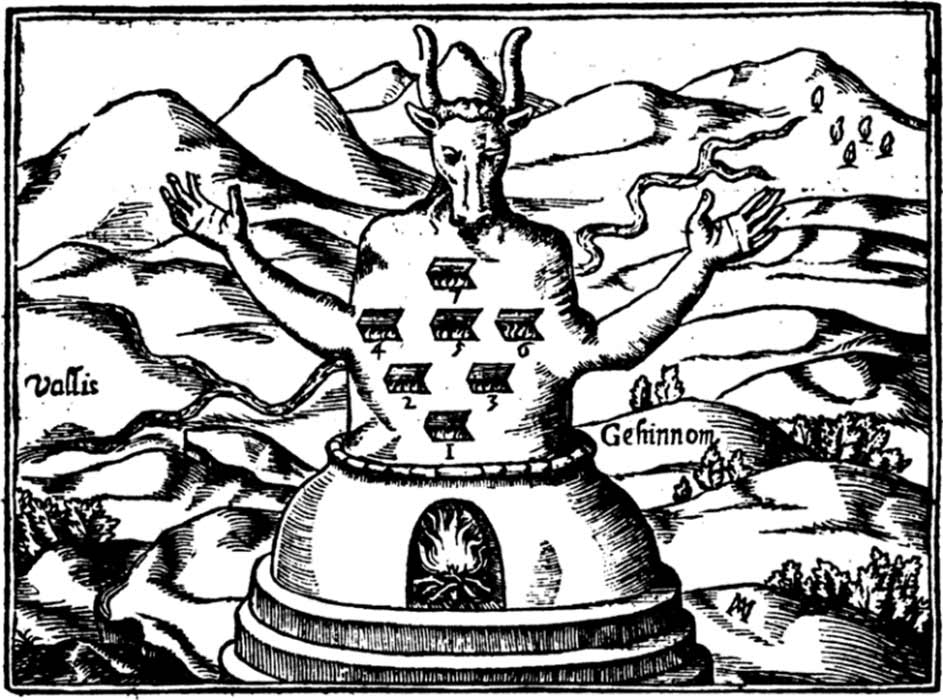
Baal And Moloch, Did The Ancient Gods Of The Levant Demand Child Sacrifices?
In the Valley of Hinnom near Jerusalem stood a giant statue of the god Moloch. The valley and the deity are infamous for their historical association with child sacrifice. According to some historical accounts, the statue had its arms outstretched, and a fire was kindled within. Children were placed into Moloch’s hands, where they burned to death while drums beat rhythmically to drown out their agonizing screams. The valley, also known as Gehenna (its Aramaic name which was adopted into Greek), features prominently in the Bible.

Depiction of the Moloch idol in Athanasius Kircher's Oedipus aegyptiacus in the Valley of Gehenna (1652) (Public Domain)
Depicted as a hellish, fiery location, Judah’s kings burned their children there, and the location is mentioned in the gospels of Matthew, James, Mark, and Luke, although sometimes the English translations incorrectly render Gehenna as Hell:
“Whoever shall say, ‘You fool,’ shall be guilty enough to go into Gehenna” (Matthew, 5:22).
“It’s better for you that one of the parts of your body perish, than for your whole body to be thrown into Gehenna” (Matthew, 5:29).
“Fear Him who is able to destroy both soul and body in Gehenna” (Matthew 10:28).
“You serpents, you brood of vipers, how shall you escape the sentence of Gehenna?” (Matthew, 23:33)
“The tongue is a fire,...and sets on fire the course of our life, and is set on fire by Gehenna” (James, 3:6).
“It is better for you to enter life crippled, than having your two hands, to go into Gehenna into the unquenchable fire” (Mark, 9:43)




